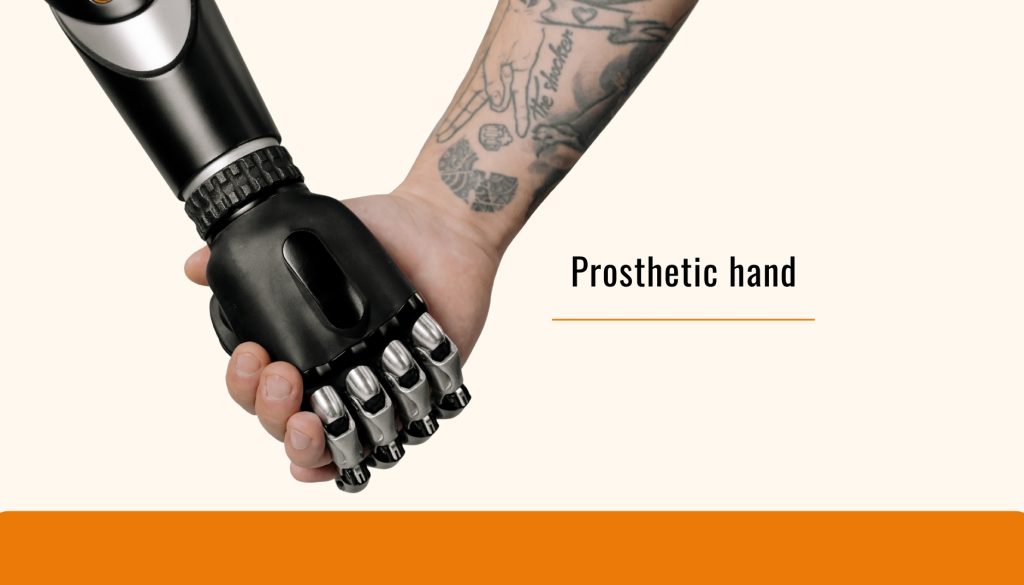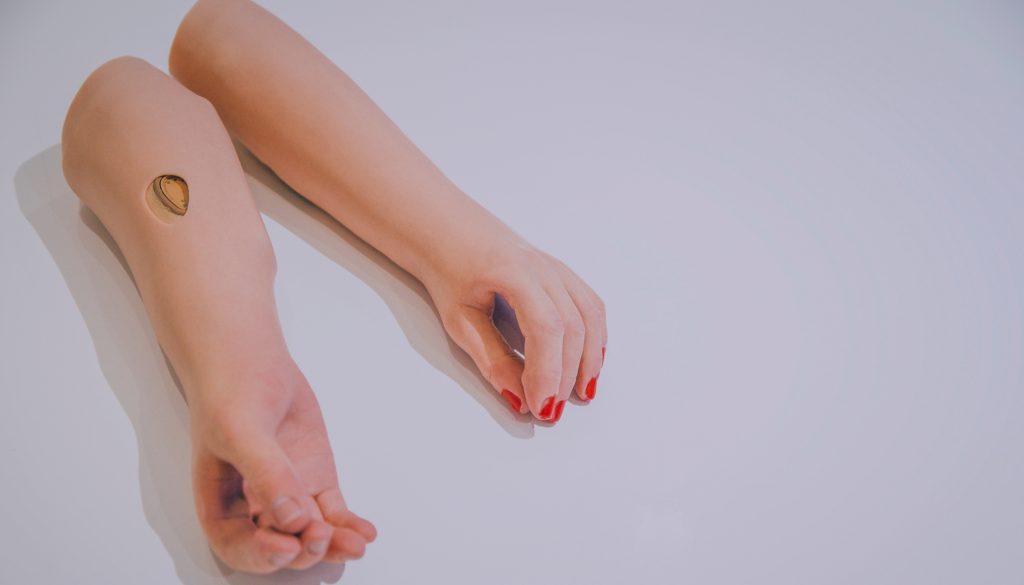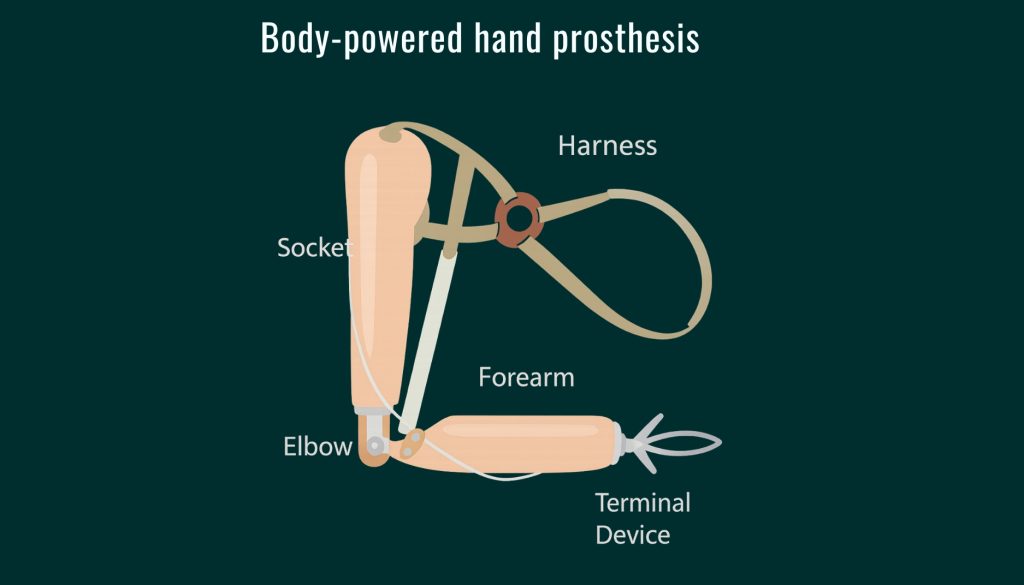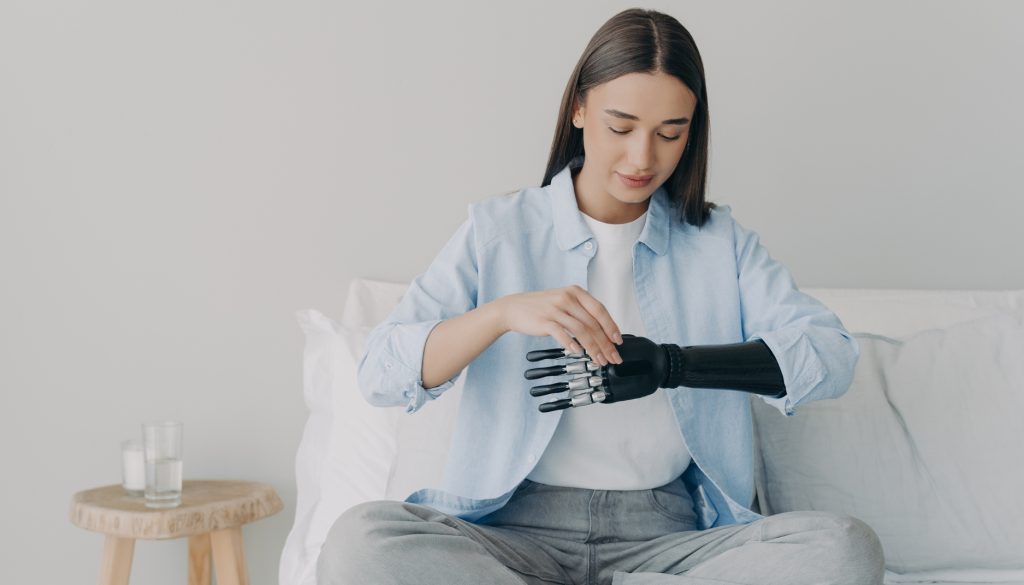
Beyond limits: How a modern prosthetic hand restores function and life?
Losing a limb, particularly a hand, fundamentally changes how an individual interacts with the world.
However, thanks to dramatic advancements in technology and engineering, the modern prosthetic hand has evolved from a simple cosmetic device into a complex, functional extension of the user’s body.
At Xtremity, an artificial hand prosthesis should not replace what was lost, but unlock new possibilities. Understanding today’s science and options is the first step toward regaining independence and confidence.
What is a modern prosthetic hand?
A prosthetic hand, or hand prosthesis, is an artificial replacement for an absent or impaired hand or part of a forearm. Its primary goal is to restore function—allowing the user to grasp objects, manipulate tools, and perform essential daily activities.
Today’s prosthetics are lightweight and incredibly versatile. They range from simple, robust hooks to high-tech bionic hands. A certified prosthetist at Xtremity will work closely with you to select the best prosthesis for your needs, lifestyle, and unique goals.
Who is a prosthetic hand for?
A wide range of individuals can benefit from an artificial hand prosthesis, including those who have experienced:
Amputations: Partial finger/thumb, partial hand (transmetacarpal), whole hand (wrist disarticulation), or hand and partial lower arm (transradial).
Congenital differences: Children born with conditions like Symbrachydactyly (partial or total absence), Ectrodactyly (cleft hand), or Radial Dysplasia (club hand). Early intervention allows children to grow and develop with the device.

Exploring the different types of artificial hand prosthesis
Different tasks require different tools. The type of prosthesis chosen depends on the level of functionality you need and the tasks you want to accomplish.
1. Passive hand prosthesis (Aesthetic and stabilising)
These devices fill in the missing parts of the limb and are primarily cosmetic. They do not function independently, but they serve an essential role:
Appearance: Custom-painted silicone restorations offer a highly lifelike, realistic appearance.
Function: They can be used as a stabiliser, a surface for carrying objects, or to assist the opposite hand.
Starting point: Often recommended as the first prosthesis for babies, it is helpful for social occasions.

2. Body-powered hand prosthesis (Mechanical and practical)
This rugged, mechanical device operates using a pulley system. You use the muscles in your residual limb or upper arm, shoulder, and chest to pull a cable that makes the device open or close.
Key features: They are durable, reliable, and functional. They are often a popular choice for manual labour as they are robust and can tolerate getting wet or dirty.
Example: A body-powered hook hand, offering adjustable grasping force.

3. Myoelectric hand prosthesis (Electronic and bionic)
The most advanced type, these devices respond to tiny electrical impulses generated by your muscles—hence “myo” (muscle) electric. Electrodes on your skin read these contractions, signaling the device to open, close, or switch grips.
Functionality: Myoelectric hands can range from single-motor devices (open and close only) to multi-articulating bionic hands with individual motors in each finger, allowing for different programmed grip patterns.
Control: This control system uses less force than body-powered devices, reducing long-term stress on your muscles.

4. Activity-specific prosthesis (Specialised tools)
These are custom tools designed for specialised tasks outside of daily living. They allow adults to return to former occupations and pastimes, and help children discover new hobbies.
Purpose: Specifically designed for a job, sport, or hobby, such as operating machinery, playing a musical instrument, or working out. These are often used as an alternate prosthesis in a user’s collection.

The journey to adaptation: Fitting and training
Acquiring and learning to use your prosthetic hand is a comprehensive project that requires patience and commitment. The team at Xtremity ensures a thorough, supportive process:
Consultation and assessment: We discuss your lifestyle, goals, and needs to determine the best prosthetic type. We also assess your limb’s physical readiness.
Fitting: Your prosthetist will take careful measurements, casts, or 3D scans. Then, a custom socket will be fabricated to ensure a comfortable and secure fit.
Basic training: You learn the fundamentals: How to put the prosthesis on, take it off, operate the mechanical parts, and charge electronic components.
Physical and occupational training: Working with therapists, you practice exercises to strengthen necessary muscles and drill specific movement patterns needed for your daily life. This phase of rehabilitation can often take up to a year.
Mental healthcare: We recognise the psychological journey of adapting to a prosthesis and ensure you have the necessary professional and community support.
The health benefits of using a prosthesis
While the practical advantages are obvious, using an artificial hand prosthesis offers crucial health benefits beyond simply grasping objects.
Even stress distribution: A prosthesis helps your entire body work more closely to the way it would with two functioning hands. This distributes stress more evenly among your muscles and joints.
Preventing overuse injuries: Without a prosthesis, you risk overusing your opposite side, leading to repetitive strain injuries, reduced function, unbalanced posture, and chronic neck or back pain.
With proper fitting, training, and maintenance—all core tenets of care at Xtremity—the minor risks of pressure sores or muscle strains are mostly avoidable.
Choosing a modern prosthetic hand is a path toward greater independence and lifelong physical balance. Contact Xtremity today to begin your consultation and explore the optimal solution for your life.
About Us
Xtremity Prosthetics and Orthotics is a specialized health clinic where treatment is provided by a specialized team which comprises allied health professionals as well as medical professionals giving a multidisciplinary approach towards prosthetic and orthotic rehabilitation care.



